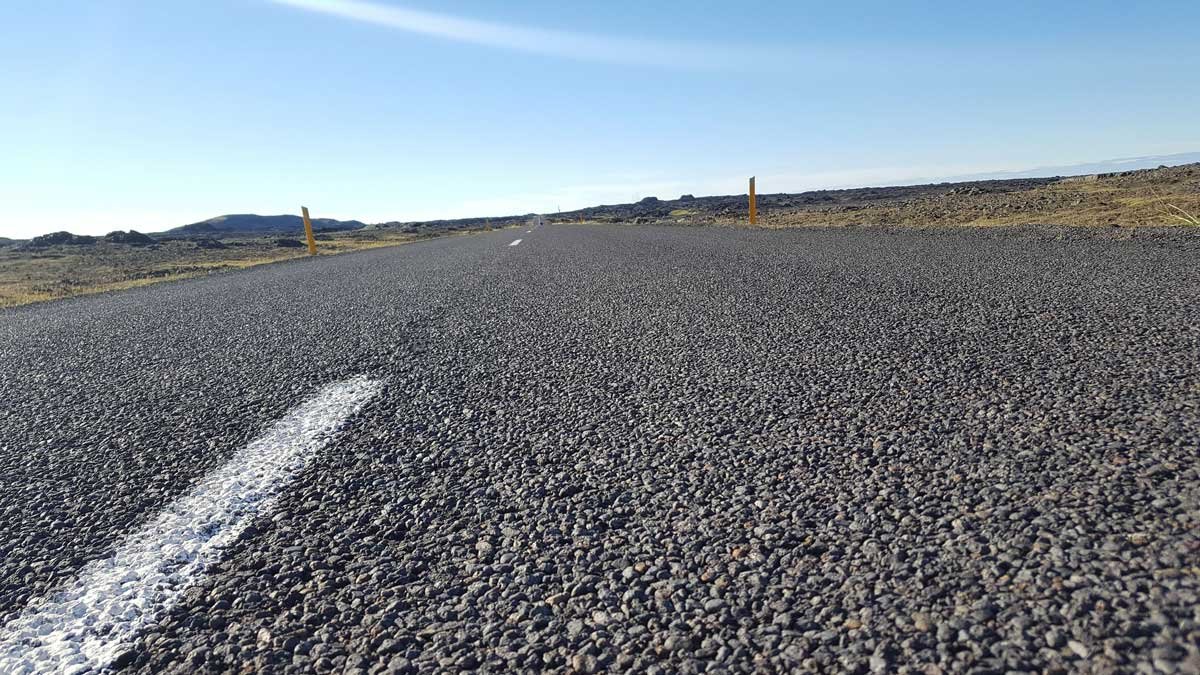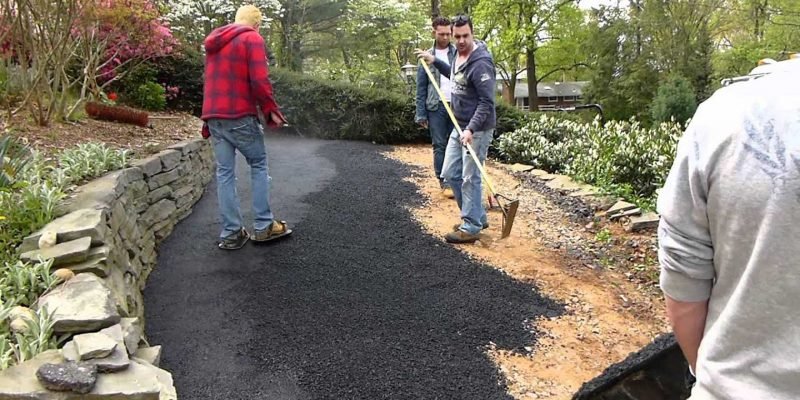When installed properly, asphalt can last up to 30 years, particularly if maintained well. Asphalt maintenance involves several activities, like regular cleaning, regulating drainage, repairing damages, and sealcoating, among others.
Now, when the asphalt reaches the end of its life, most people have one major decision to make—can I install a new layer over the old asphalt, also known as an asphalt overlay, or is time for a completely new surface? Well, both of these are options. However, there are a few things to consider before making your decision.
First, an asphalt overlay lasts around 10 – 15 years, while a new layer after complete removal and reinstallation will last around 20 – 30 years. This, however, differs depending on the usage, climate, and the current condition of the surface, among other factors.
When to choose asphalt overlay
The asphalt paving experts from ABC paving & sealcoating say that installing asphalt over old asphalt is ideal if the surface has minor issues, like tiny surface cracks, uneven surface, or in case of slight water damage. Most people prefer asphalt overlay over a new installation because it is cheaper, and doesn’t take a lot of time.
However, certain circumstances can demand that you remove and replace the asphalt rather than installing an overlay. However, all this depends on the condition of the existing surface. With this, you should note that making the wrong choice can make you incur costly repairs in the future.
Therefore, an asphalt overlay is ideal when the current surface is in good condition, with minor damages. With that said, the existing asphalt surface should:
- Be structurally sound
- Have proper drainage
- Have the ability to bind with the new asphalt layer
- Clean and free of dirt and large debris
That means the surface shouldn’t have large cracks and the binder shouldn’t have deteriorated. In the event the cracks on the existing surface have reached the base, installing an overlay will not provide a long term solution to the problem.

When you should avoid getting an asphalt overlay
If the asphalt surface has major issues like poor drainage or large potholes, the ideal solution is to remove the entire surface and reinstall it again. When you apply an asphalt overlay over a surface with an unstable base, it won’t last long as you expect. The new overlay is more likely to crack within a few years after you’ve completed the repairs.
In case you want to be sure that you won’t have to repair your asphalt again in the near future, the best thing to do is to remove and replace your deteriorated asphalt surface. This is the best way to get rid of all the underlying problems that might have led to these damages. Further, if your existing surface has poor drainage, installing a new asphalt layer over it won’t solve the issue. There’s a chance that your surface needs to be regraded to allow it to drain water properly.
However, you should understand that every issue with an asphalt surface is unique. Therefore, you should consult an experienced asphalt contractor before making your final decision. The contractor can advise you about the possible problems that might not be too obvious to an average person.
How to do an asphalt overlay
So, you’ve decided to choose an overlay, instead of a new installation, but you don’t know the steps for that process. Please read on to know more about asphalt overlay steps.
Asphalt assessment
An assessment of the existing asphalt surface is essential, since not every asphalt surface is ideal for an asphalt overlay. In case your asphalt has serious structural damage like root damage, large potholes or cracks, or large ruts in the surface, you will need to rip it up. Further, an asphalt surface that’s not draining water properly isn’t ideal for an overlay since the surface requires regrading to solve the drainage issues.
Asphalt milling
This step involves the removal of the top layer of a surface that’s sustained significant cracks, potholes, or raveling, among other types of damage. Since the old layer has sustained damage, it must be removed to make sure the new asphalt bonds well after installation. Further, this helps in maintaining an even surface. During this step, an asphalt milling machine grinds down the 1” – 3” of the old layer, depending on its current condition.
Base repair
The base of the existing asphalt surface might warrant replacement in areas where sinking, potholes, or rutting might have developed. To make sure that this serious issue doesn’t develop again, the asphalt base will require several lifts of asphalt and aggregate—this will ensure the longevity of the entire asphalt surface.
Paving the surface
After preparing the existing asphalt surface, it’s time now to install the new asphalt overlay on top of the surface. Typically, the amount of overlay applied to the asphalt surface varies depending on the thickness of the current surface. However, it ranges between 1.5” – 2” thick.














Comments